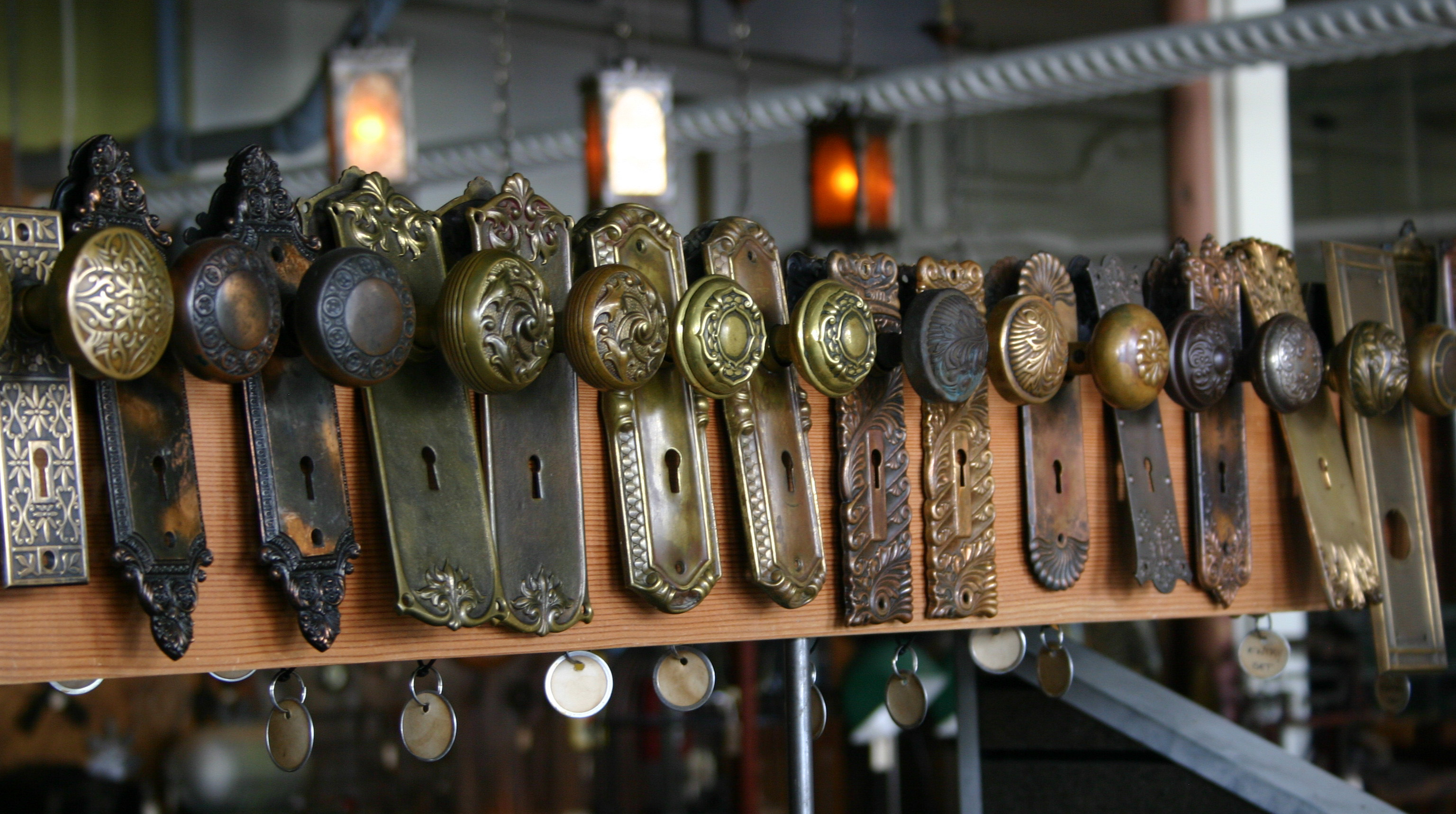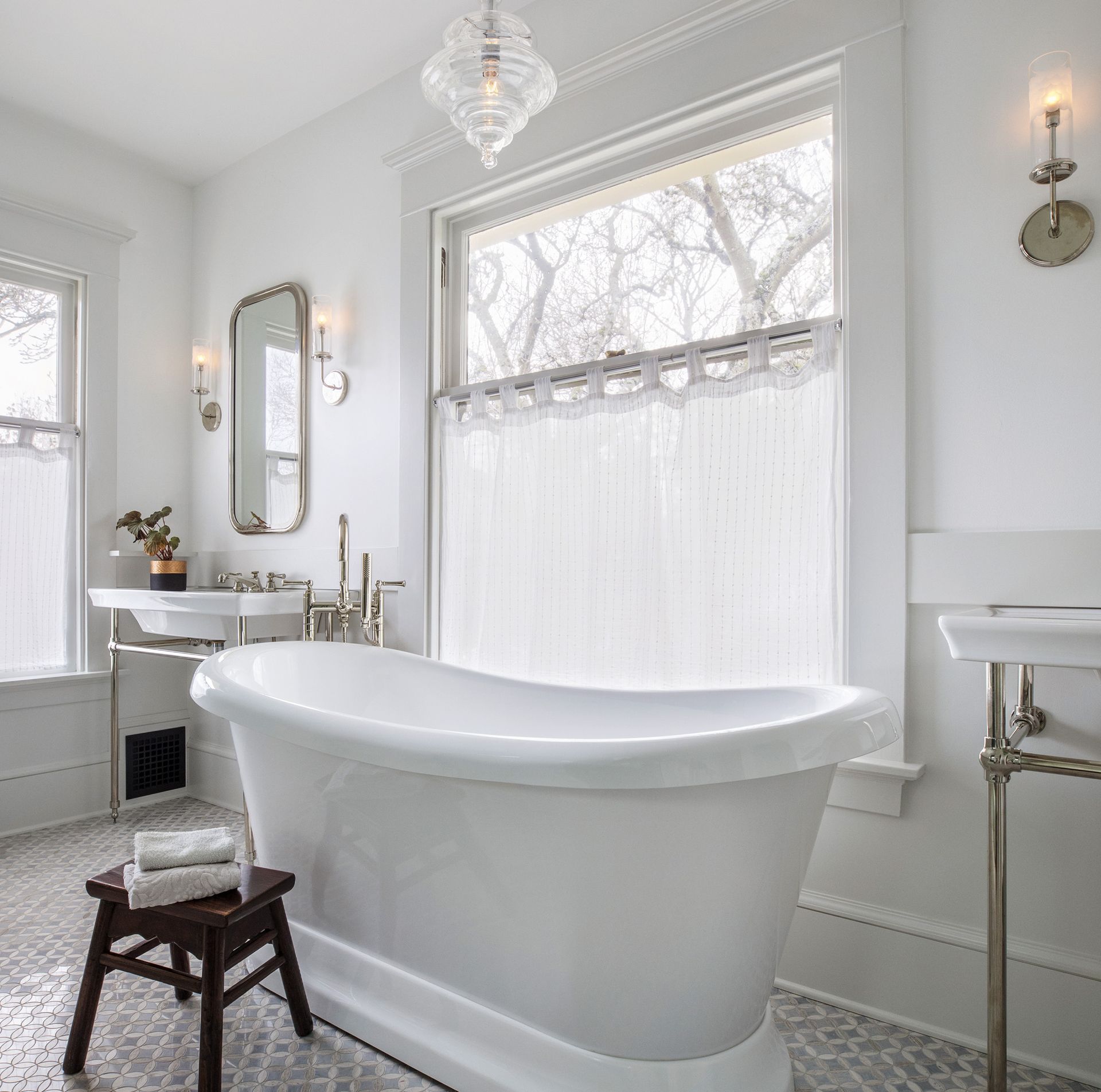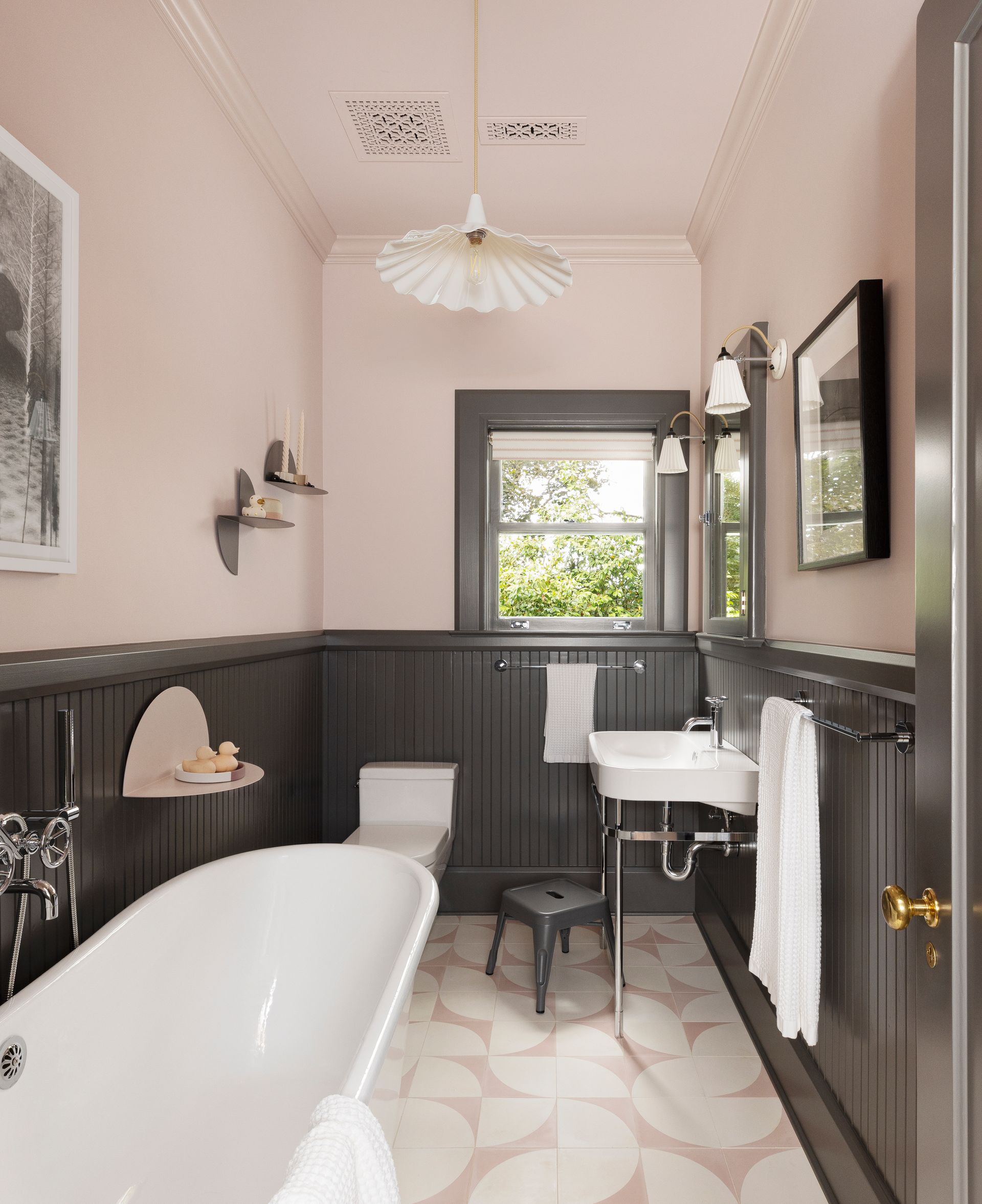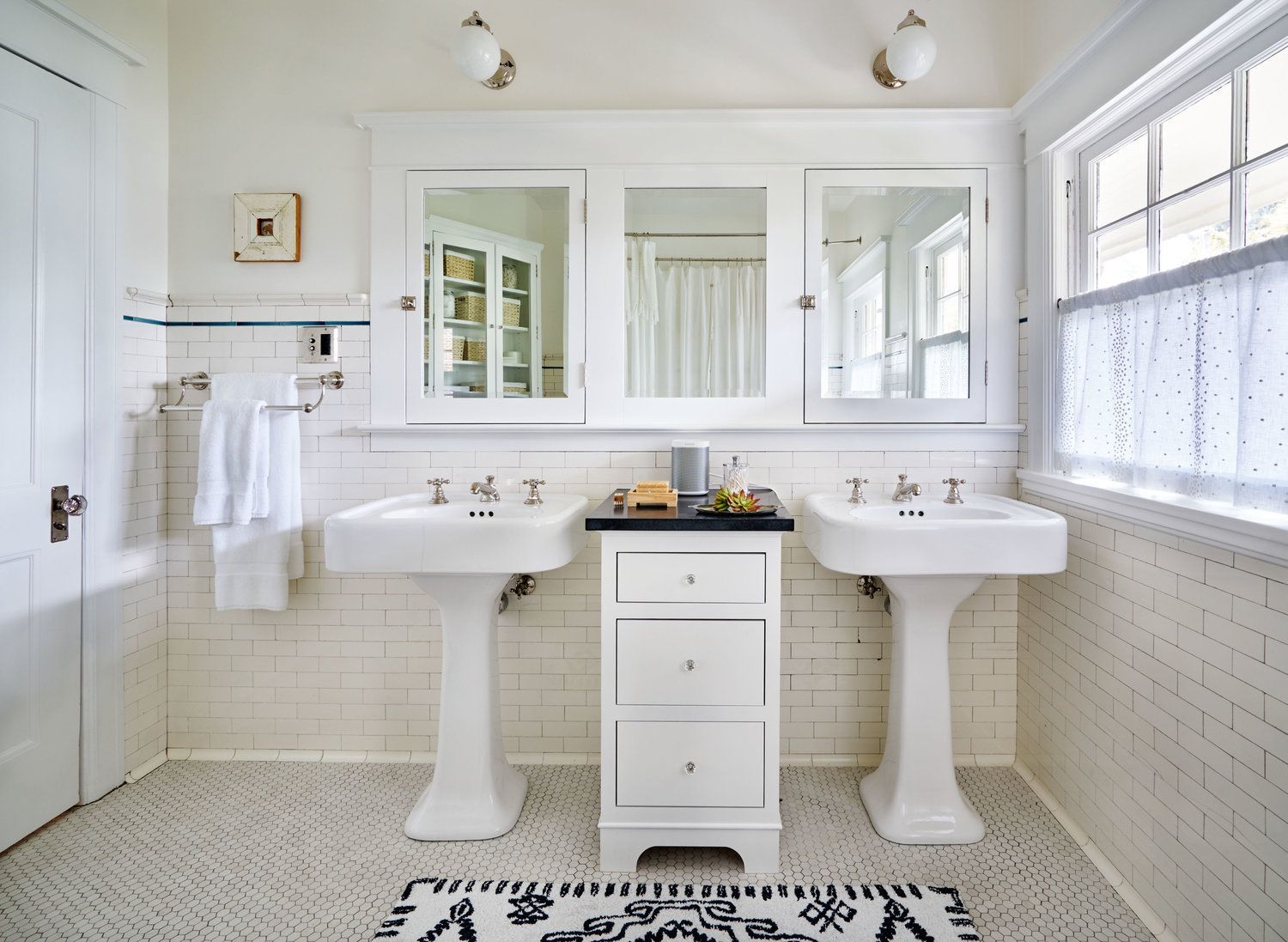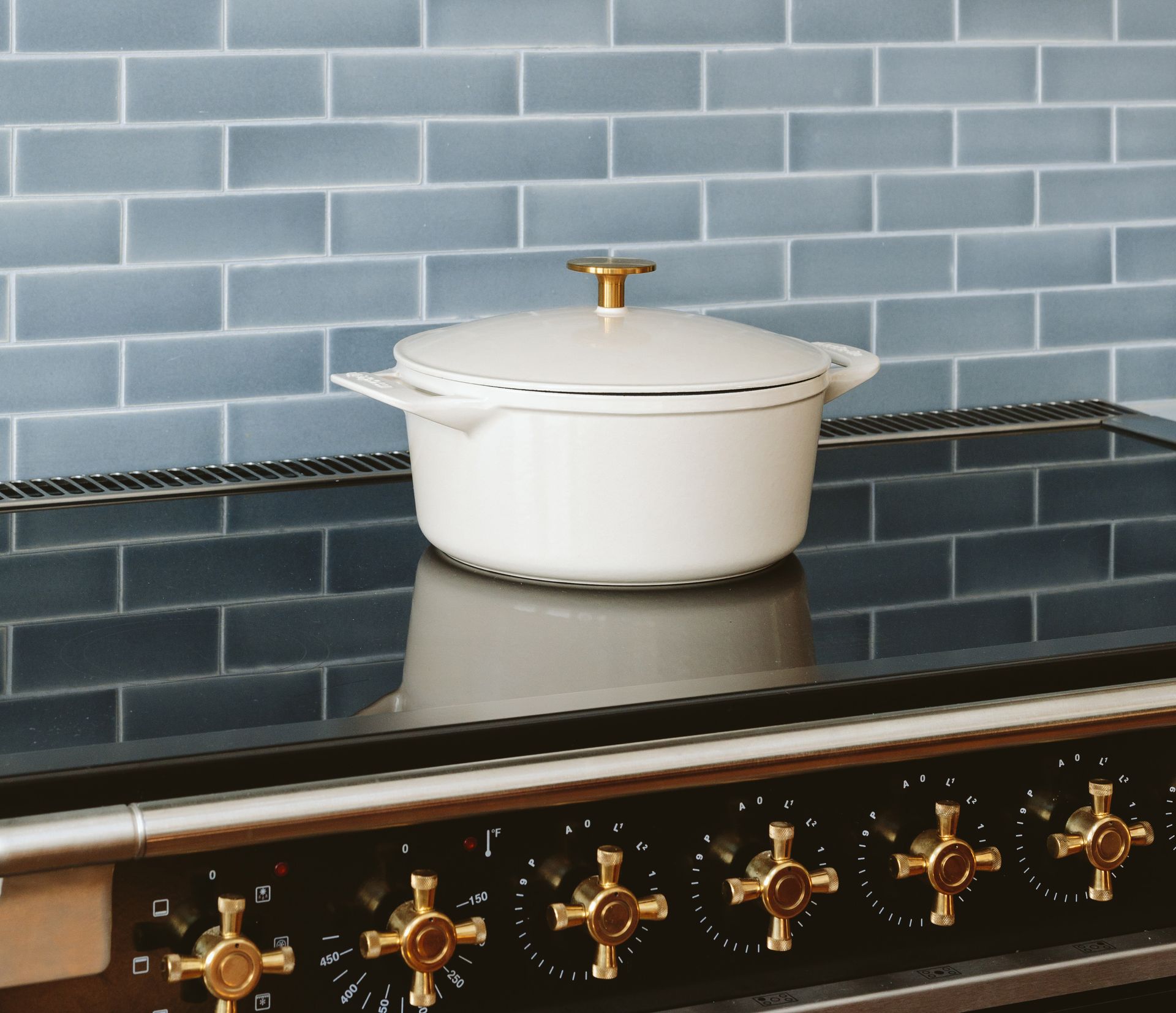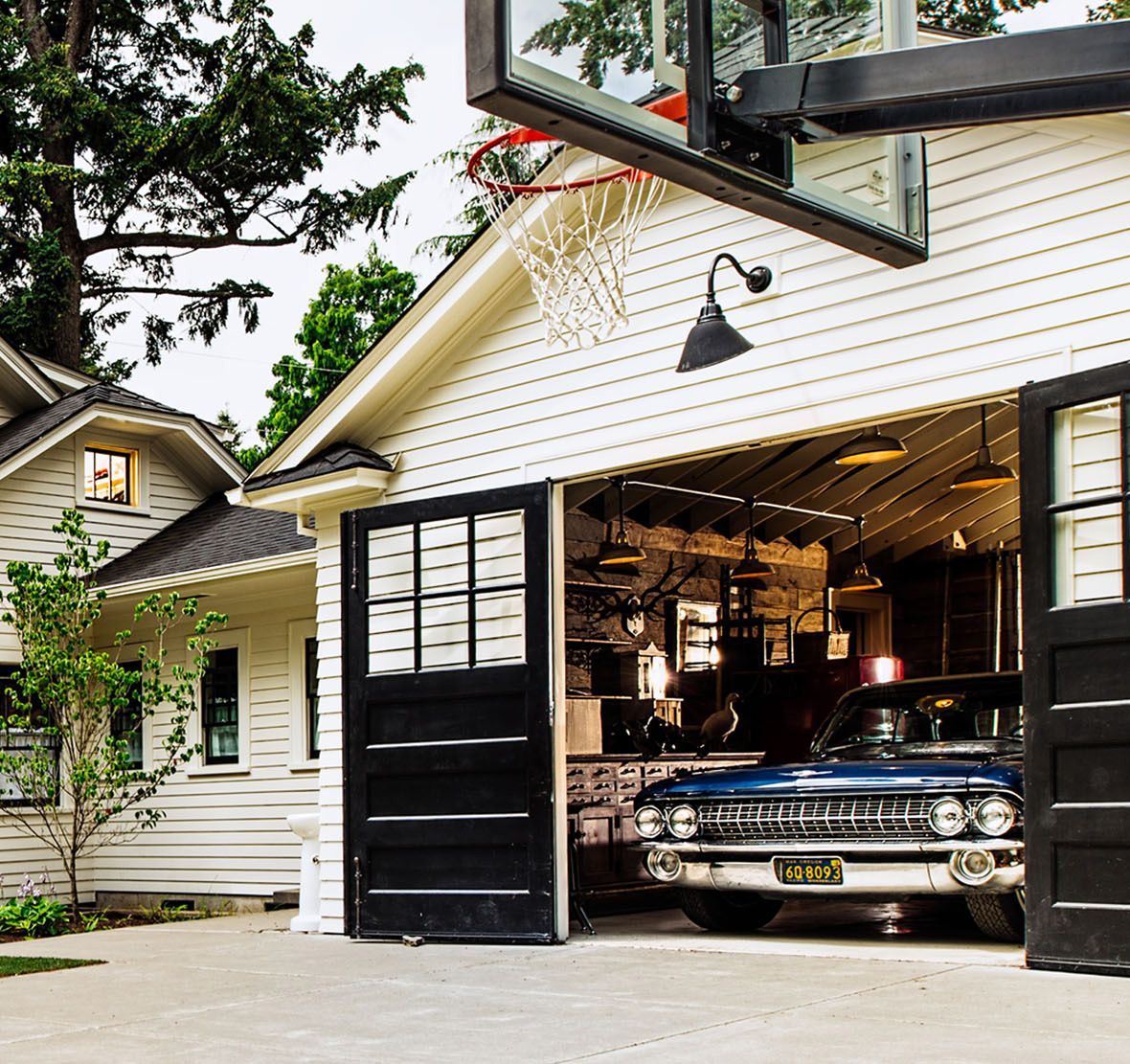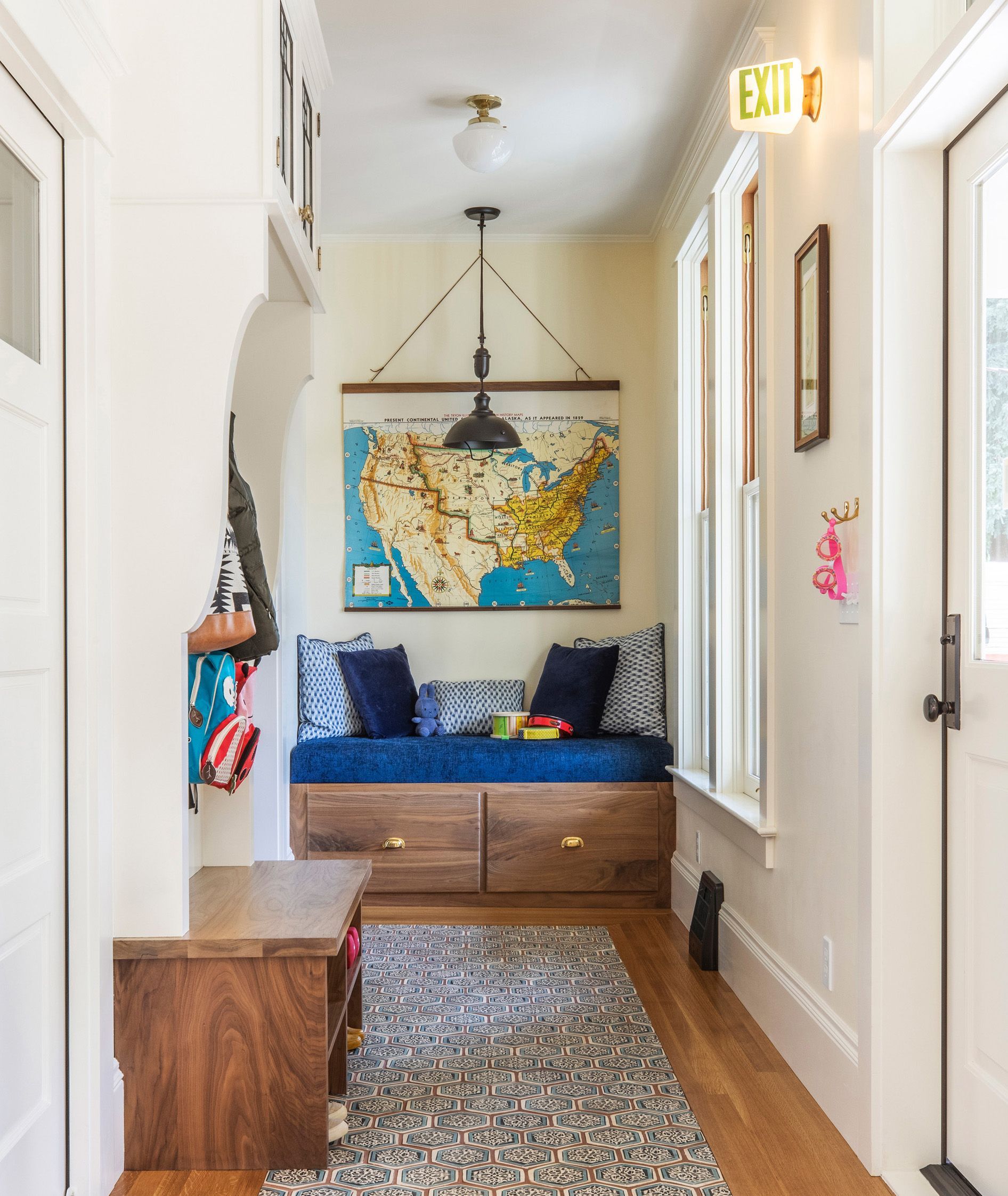We are so grateful to our friends at Old Portland Hardware & Architectural for hosting our July Historic Home How To Workshop (H ave you RSVP’d yet? You can do so here ). While you are at the workshop, you’ll have a chance to peruse their deep and wild architectural salvage collection at their shop. There’s all kinds of intriguing artifacts, from 100 year old stain glass windows to chandeliers reclaimed from now defunct hotels and theaters.
Since Bret at Old Portland has deep experience in the best ways to find and integrate salvage pieces into your home, we asked him to share some of his insights for making the most of a salvage shopping trip. Take a look:

Using architectural salvage to decorate homes has been done for a VERY long time. In my opinion, the term “architectural salvage” is a bit of a misnomer. The word “salvage” tends to imply “somebody else’s saved trash.” In most cases, architectural salvage is the bits and pieces of a building that were too beautiful, too well made, too unique, and/or to reusable to throw away. These wonderful items will often find their way back into the market place where they await their opportunity to be reused. These pieces of recovered architecture defy the word “salvage” and evoke the words “treasure”, “find”, “artifact”, etc.
Recovered architecture is an excellent way to bring old world character to a contemporary remodel. If you have made the decision to include architectural pieces in your project, be sure to invite them to the party early! Your design and construction team will need to know what pieces you will be wanting to use where, very early in the process.
If you go hunting for that perfect antique leaded glass window before you’re your project starts, depending on your needs, you may have a few hundred to choose from. Waiting until the last minute, when the contractor gives you a window opening size that they came up with in the course of the project, may limit your choices to as little one or two windows… and those may not even be windows that you like!
Speaking of old windows…
Old beveled and/or leaded glass windows often present a challenge in new remodels because they are a single pane thick and have very little in the way of R-Value (insulation quality). On the other hand, stained glass windows can add bright color and privacy, while beveled windows can bring in great light while casting refracted rainbows around a room.
At Old Portland Hardware & Architectural, we say, “Be creative with your window use!” We are strong advocates of installing old windows into interior walls of homes and businesses. Doing so is a great way to bring color and natural light to areas of your live/work space that seem to be perpetually dark. Having both sides of the window trimmed with a full shelf sill will also give you a space to display small items in the light.
If you wish to have one (or many) old windows on the exterior of your home, have no fear, it CAN be done! Again, if your architect/contractor know which windows you wish to use, they can plan ahead accordingly. In most cases they can order a double glazed window to match your old window. The new double pane window will be installed as the actual window in the project (to meet code requirements). Your beautiful old window will then be fit up against the inside surface of the new window with all the edges being covered with a thin trim treatment.
When done properly, the only time you should see the new exterior window, is from the outside during the day time. At night, your jewel of an old window will always shine through – back lit from inside. From the interior, you will always see the old window, but, have all the insulation benefits of the new window.
Although reclaimed windows are covered extensively here, they are just one choice in the aesthetic world of recovered architecture!
Other character pieces can include old door hardware, columns, light fixtures, millwork, industrial pieces, cabinetry, reclaimed lumber, and more. Want ideas? Dive into Pinterest , follow your favorite shops online, talk to your designer, ask your local salvage shop, start a bulletin board with clippings from magazines and catalogs…
One more piece of advice for those using recovered architecture in a home remodel…
Pick the pieces you love and want to live with. Then, plan to leave them when (and if) you sell your house. The love and care you took to create your living space will often be what sells your house for you (often faster and for more money than it would otherwise). I can’t tell you how often we hear new home owners saying how they fell in love with one beautiful character piece, an old mantle, dining room built ins, beveled windows, antique doorknobs…
So, whether continuing the character of an old house into a new remodel, or bringing the character of age into a contemporary house, recovered architectural salvage is aesthetically a good bet. Be creative, seek out the pieces you love, ask the advice of your designer and construction team, and have fun with your project!
Bret will be available after the Arciform workshop to answer questions and provide advice on everything from old hardware options to light fixture selection. Whether you are in the planning stages or at the tail end of your remodel he can help you find the easiest ways to infuse your project with a little old world charm.
See More Stories



